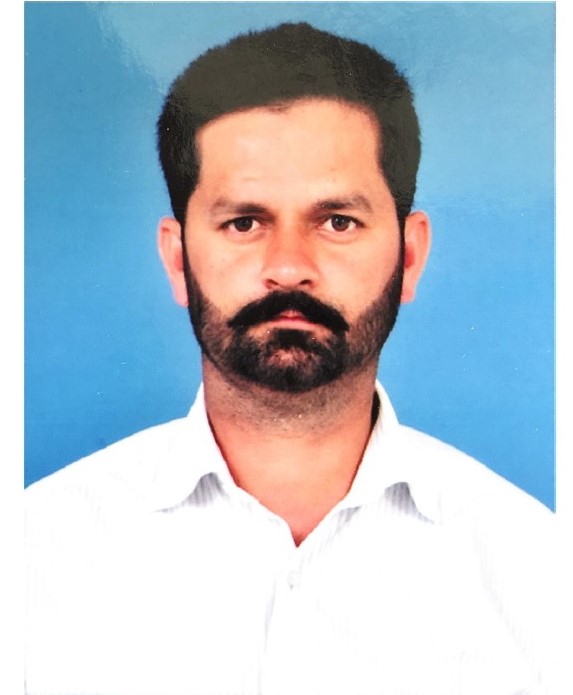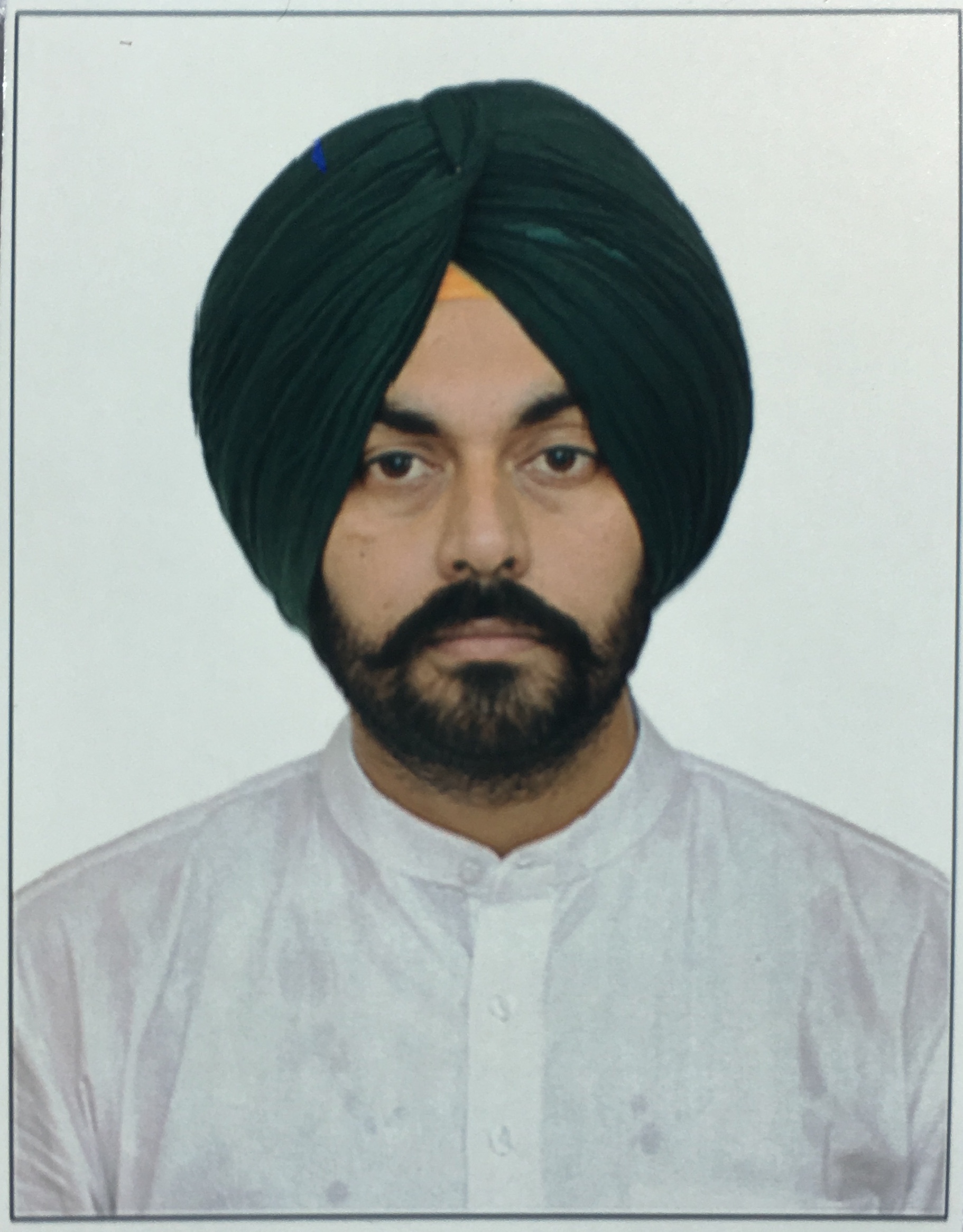The hey-days of the Green Revolution that swept the granaries of India in the late sixties and seventies saw the adoption of high yielding varieties of wheat and paddy that changed India’s food deficit status. Favorable policies for the cultivation of these two crops, particularly the Government sponsored procurement policy, aided by a Minimum Support Price, encouraged the farmers of Punjab to take up large scale adoption of the paddy – wheat cropping cycle. However, this was at the cost of natural resources, especially the quantum of sub-surface water in Punjab, which was not sufficient to support such a scale of paddy cultivation. A sharp decline in the water table spelt trouble for the economy of the farmers, as also the food security of the nation.
Realizing the problems facing Punjab’s agriculture and with a view to provide some sustainable solutions, the State Government constituted the Johl Committee in 1985, under the Chairmanship of noted economist Dr. S. S. Johl. The report suggested “Diversification in Agriculture” and replacement of at least 150,000 hectares under paddy to lesser water intensive crops such as basmati, cotton, maize, vegetables, etc. to make agriculture sustainable and economically viable. However, due to lack of political will, these were never implemented on a scale which could fulfill the purpose of setting up the Committee. This notwithstanding, some alternative crops could be adopted with assurance of their economic viability, provided it was well demonstrated to farmers. The most viable alternative for diversification in agriculture was to divert area under paddy cultivation to cotton.
However, the scourge of pests reared its ugly head and recurrent attacks resulted in heavy crop loss, low yields and even failure of cotton crop. The farmers countered this through a two to threefold increase in number of pesticide sprays that not only resulted in increase in pesticide residue and environmental damage, but also increased cost of production with very low economic returns.
Amidst this bleak scenario, the Trusts [Sir Ratan Tata Trust and Navajbai Ratan Tata Trust] operationalised the ‘Reviving the Green Revolution (RGR)’ initiative in Punjab in 2002, to seek solutions to arrest the stagnation in agriculture in Punjab that had set, due to the above said reasons. It is aimed at bringing diversification in agriculture by shifting some area from predominant cropping system of paddy-wheat cultivation to popularize less water consuming crops as an economically viable alternative to paddy; reduction in cost of production; value addition to crops to increase profitability from farming; conservation of natural resources especially soil health and sub-surface ground water; and protecting the environment from pesticides and pollution caused by crop residue burning.
All efforts of the initiative through active collaboration with Punjab Agricultural University and State Department of Agriculture led to identification of groundnut, summer moong, gram, maize and cotton as suitable crops to shift the expansive area, which was under paddy and wheat. Today, a substantial area in Punjab has been shifted back from paddy to cotton and from coarse varieties of paddy to less water consuming Basmati rice, which has increased from 150,000 hectares to a record of 600,000 hectares.













